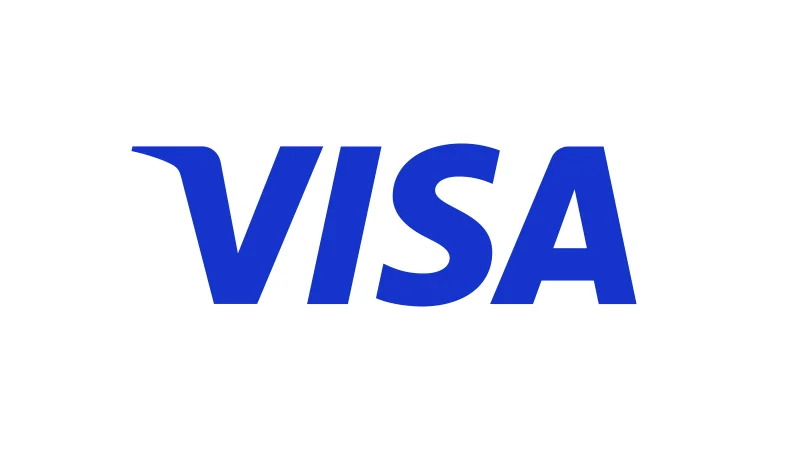 Breaking Industry News
Breaking Industry News
Breaking News articles for April 2025
Global, FIS, trade places
Friday, April 18, 2025
Global Payments and Fidelity Information Services just disclosed a set of agreements that have the effect of swapping out business specialties. Specifically, Global is divesting its Issuer Solutions business, selling it to FIS for $13.5 billion, and it is acquiring Worldpay from GTCR and FIS for a net purchase price of $22.7 billion, or a total value of $24.25 billion, including $1.55 billion of anticipated tax assets.
Green Sheet interviews Fenergo's Tracy Moore
Thursday, April 17, 2025
A recent survey of U.S. financial services professionals uncovered a troubling paradox: while most firms feel confident in meeting 2025 compliance deadlines, only a fraction believe their current technology is up to the task. Legacy systems, siloed data, and manual workarounds continue to drive up compliance costs and operational risk.
Shazam sheds merchant services biz
Wednesday, April 16, 2025
Shazam, the EFT network and merchant services provider based in Iowa, is shedding its 25-year-old merchant services businesses in order to concentrate on its core business: running an EFT network.
US Bank's 'essentials' for SMBs responsive to pre-tariff survey
Tuesday, April 15, 2025
As reported yesterday, U.S. Bank, parent of leading acquirer Elavon, launched an all-in-one checking account tethered to payment acceptance capabilities for small businesses. U.S. Bank Business Essentials makes it possible for small businesses to accept card payments with free same-day access to their funds, and a free mobile card reader for new accounts, in addition to checking with unlimited digital transactions and no monthly maintenance fees.
U.S. Bank's all-in-one business account includes payment acceptance
Monday, April 14, 2025
U.S. Bank introduced a new all-in-one banking solution tailored to meet the evolving needs of small businesses. The newly launched U.S. Bank Business Essentials account combines a premier checking account with integrated card payment acceptance and digital cash flow management—all with no monthly maintenance fee, the bank stated.
Visa's new services designed to power client growth
Friday, April 11, 2025
 Visa recently launched a trio of new services designed to operate beyond Visa in an open "any payment ecosystem," the company stated. The new services include a reimagined Authorize.net, Unified Checkout and ARIC Risk Hub.
Visa recently launched a trio of new services designed to operate beyond Visa in an open "any payment ecosystem," the company stated. The new services include a reimagined Authorize.net, Unified Checkout and ARIC Risk Hub.
Big Tech payments rule is dead
Thursday, April 10, 2025
The U.S. House just passed a resolution overturning the Consumer Financial Protection Bureau rule giving it supervisory oversight of big tech companies' payments apps. The Senate passed a similar resolution last month, and President Trump indicated at the time that he would sign off on it when the House followed suit.
True cost of fraud escalates, LexisNexis study shows
Tuesday, April 08, 2025
Fraud is a persistent problem in payments that seemingly grows year-by-year, despite new and emerging technologies and processes intended to thwart fraudsters. The LexisNexis True Cost of Fraud Study: Ecommerce and Retail Report, covering the United States and Canada, revealed that U.S. merchants incur an average all-in cost of $4.61 for every $1 in fraud, compared to $4.52 in Canada.
Green Sheet interviews National Retail Solutions' Elie Y. Katz
Monday, April 07, 2025
Tax season can be a stressful time for small, independent retailers—especially after the holiday rush gives way to slower sales, leaner margins and unexpected expenses. In this interview, Elie Y. Katz, founder, president and CEO of National Retail Solutions (NRS), explains how merchant cash advances (MCAs) can provide a much-needed lifeline for businesses struggling with post-holiday cash flow issues and tax-time surprises.
Mastercard program to advance B2B virtual-card adoption
Friday, April 04, 2025
Mastercard appears to be throwing its weight behind business-to-business card uses. The card company disclosed it is simplifying and scaling interactions among banks, platforms and corporates alike with the launch of a new program to accelerate virtual-card adoption.
Green Sheet interviews NetGuardians' Joël Winteregg
Thursday, April 03, 2025
As financial crime grows in scale and sophistication, driven in part by emerging technologies like AI, the need for innovation, cross-border collaboration and smarter prevention tools has never been greater. In this exclusive Green Sheet interview, Joël Winteregg, CEO of NetGuardians, shares his insights on the evolving global threat landscape, the critical role of public-private partnerships, and how financial institutions can harness the latest advances in technology to stay one step ahead of fraudsters.
CFPB no longer wants BNPL covered by Reg Z
Wednesday, April 02, 2025
The Consumer Financial Protection Bureau (CFPB) plans to back off an interpretive ruling that buy now pay later loans are subject to Regulation Z. Reg Z is a federal rule set that covers consumer credit extensions and includes requirements around account opening disclosures, billing statements, changes in terms disclosures and treatment of credit balances.
Consumers hammered by fraud losses
Tuesday, April 01, 2025
The Federal Trade Commission reported that consumers lost $12.5 billion to fraud in 2024, representing a 25 percent increase over 2023 losses. But some experts say losses were even higher.

